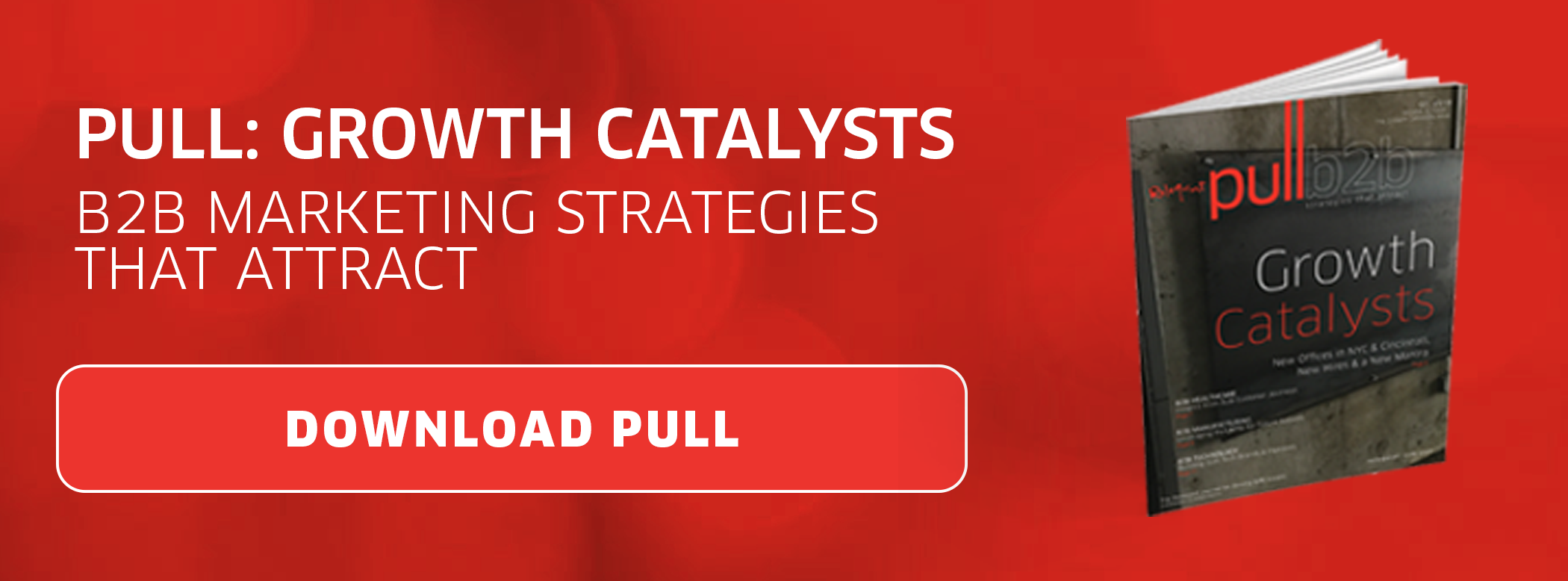 As marketers move from the sales funnel to the flywheel, 81 percent expect that customer experience is going to be the chief means of competition among businesses by 2019. The key is to turn satisfied customers into a lead-generating powerhouse to pull in new prospects.
As marketers move from the sales funnel to the flywheel, 81 percent expect that customer experience is going to be the chief means of competition among businesses by 2019. The key is to turn satisfied customers into a lead-generating powerhouse to pull in new prospects.
HubSpot’s Service Hub is created specifically for this task - it helps companies address flaws in their customer experience, build a knowledge base and generate customer feedback. Then marketers can turn happy customers into active promoters by using their reviews and testimonials to attract new prospects.
Here’s why B2B companies should be paying attention:
Why B2B Customer Reviews Matter
While gathering ratings with tools like the Net Promoter Score is helpful for assessing the overall customer experience and the engagement of your client base, it's not going to have the same public-facing impacts that reviews and testimonials will.
Customers who are openly praising your company are one of the most valuable forms of earned media. Social media posts, review sites, case studies and testimonials can have powerful effects because prospects want to hear from people who have actually used your product or service, not just what your own company has to say about it — and that goes for B2B as well as B2C.
According to a GoogleCompete Tech B2B Customer Study, 60 percent of B2B buyers seek out peer reviews and testimonials. And a recent G2 Crowd and Heinz Marketing study found that even though reviews increase purchase intent among B2B buyers to the tune of 92.4 percent, most B2B marketers aren’t using them in their marketing strategy — which means that doing so could give you a serious competitive edge.
Tips for Gathering Customer Feedback
Reviews, testimonials and case studies can be powerful sales boosters for B2B marketers, as they get down to brass tacks and explain how the company helped solve their problems. They also help build trust and inspire confidence: 71 percent of B2B buyers who are aware of the product and 77 percent of those in the evaluation stage state that testimonials and case studies have the most influence on their purchasing decisions.
Using a customer evaluation tool like HubSpot’s Service Hub gives companies different ways to collect feedback — including Net Promoter Score Surveys, Customer Effort Score Surveys and customer satisfaction surveys — and collects all customer feedback in a single dashboard. It can also trigger automated workflows that prompt customers to write reviews on your own website or a third-party review site.
While reviews can be an excellent starting point, they only tell part of the story. Ultimately, case studies and testimonials are the content that you need to prioritize. Thoroughly detailing how your solution helped a customer solve a problem with both qualitative and quantitative explanations is the B2B "street cred" that stretches beyond slick branding and a cohesive online presence. Case studies and testimonials also provide prospects with a verified source to speak with who will give them honest feedback about your solution.
When soliciting testimonials from your clients, keep the following in mind:

- Timing is critical. Keep track of when the buyer has implemented the solution or shared news of a major success. Don't ask too soon before they’ve had a chance to really see results, but don’t wait too long so you can capitalize on their excitement.
- Always ask for permission to use the testimonial, and let the customer review it before publishing it.
- Respect your client's time, especially the contact person that prospects will likely reach out to after reading.
- A boilerplate is fine for the core questions you'd like to ask, but don't use the same template for every testimonial where the overall message and format is the same and the client just signs off on it.
- Show appreciation by calling to say thank you or send a handwritten letter. Better yet, include an additional thank you gesture, such as a gift card.
How to Leverage Customer Feedback
Once you’ve assembled an arsenal of customer feedback, it’s time to put it to work. Some suggestions:
- Use dynamic content to put reviews and testimonials in key places on your website, based on your prospects’ previous interactions with your site. For example, if they’ve already downloaded a whitepaper, show them a review or testimonial the next time they return. These quotes should go on your “About” and “Pricing” pages as well.
- Use testimonials in lead nurturing emails to give prospects the extra push they might need to take the next action on product or service. Again, you can use dynamic content here to show a quote from a customer in the same vertical as your prospect.
- Let prospects hear from your happy customers in their own words by asking them to co-host a webinar that details how your solution has worked for them.
- Create engaging graphics with some of your best customer quotes and share them where your prospects are — likely LinkedIn. These can make a much more powerful impression than a boosted post or display ad promoting what you have to say about your own product or service.
- Create case studies that thoroughly detail how your solution helped a customer solve a problem with both qualitative and quantitative explanations. This will give you credibility that stretches beyond slick branding and a cohesive online presence, and it will provide your prospects with verified sources who will give them honest feedback about your solution.
Leveraging customer ratings, reviews and testimonials could give you the edge you need over the competition in an increasingly customer-centric B2B marketing landscape. If you’re not already making them part of your strategy, it’s time to start. ![]()







 By
By 
